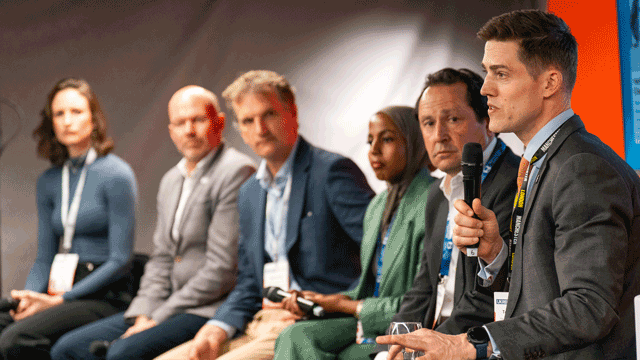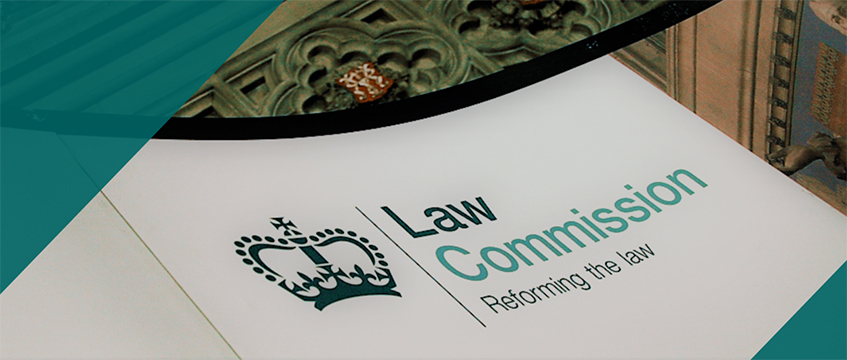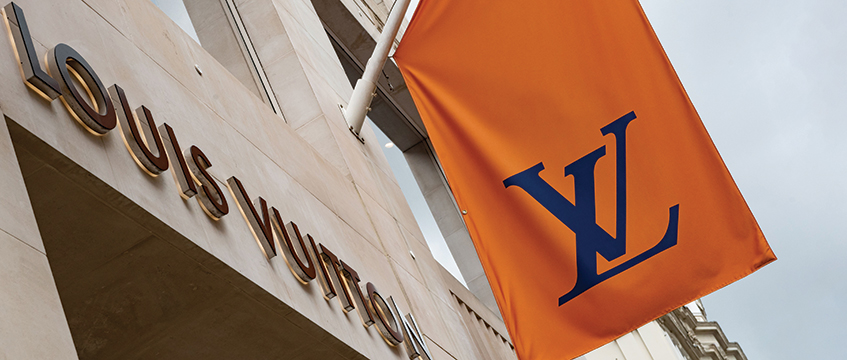The luxury retail sector has remained resilient over the last few years, with the return of the luxury shopper, wealthy tourists and high-net-worth individuals driving increased footfall and revenue across global capital cities.
Luxury retailers want physical stores to connect with customers, to enhance their brand and drive consumer loyalty through experiential retailing. Stores are now much more than just retail spaces; creative use of technology is driving different in-store experiences. Stores are also being used as event spaces and exclusive private areas for consumers. This renewed approach to bricks-and-mortar stores is feeding an appetite for luxury retailers to expand their physical presence both in terms of new store openings and larger store footprints.
Location, location, location
As always, location is key. The luxury retail market is concentrated on luxury streets in prime global capital locations, which drives demand in these areas and maintains rental growth. This, coupled with the robust nature and continued growth of the luxury retail market, creates an attractive investment for a range of real estate investors into this sector.
Recent investor activity in the UK market has been focused on Bond Street in the West End of London, accounting for 91% of investment in central London in the second quarter of 2024, according to Savills. The firm recently reported that transaction volumes for properties on Bond Street reached £436m in Q2 2024, a 66% increase on the first quarter, and more than four times higher than investment volumes in Q2 2023.
A number of factors are driving this interest:
- Concentration of luxury retail clusters results in increased demand for prime retail space in these key areas. Vacancy rates are low and therefore attractive to investor landlords, with a reduced risk of voids.
- Lack of supply in these areas is also driving an upward pressure on rents. Rental growth is much higher in these prime locations compared to average rental growth on high streets, resulting in better returns for investors.
- Prime luxury retail assets are generally let to single global brand retailers, with a strong covenant strength, especially when compared to retail tenants on high streets and in shopping centres. This reduces the risk of distress to landlords. According to Cushman & Wakefield, a third of the 107 store openings in luxury districts in key European cities in 2023 were by brands owned by three large businesses – LVMH, Kering and Richemont – with a focus on the UK, France and Italy. Dominance in the luxury market of these key brands provides investors with greater stability in its tenant profiles.
Investor profile
There is a range of investors in this sector. We are increasingly seeing luxury retailers investing in real estate either for their own occupation or for investment, which illustrates their commitment to physical stores, a desire for long-term security and greater control over their assets. An example of this is Richemont, the Swiss luxury retail group, which, in May 2024, acquired Boodles’ flagship store at 178 New Bond Street for £82m at a reported 2.2% net initial yield.
Other notable players are private equity houses like Blackstone, which recently purchased 130-134 New Bond Street for £230m from Richemont and Oxford Properties at a 3.5% yield.
Other investors include HNW individuals, such as Francis Tam’s Circle Property Development, the previous owner of 178 New Bond Street; and family trusts, like Sir James Dyson’s family investment firm Weybourne, which recently acquired 126-127 New Bond Street for £71m. These investors are also attracted to the secure income and potential for capital growth of these assets.
Brand expansion
Luxury retailing is also expanding into other real estate sectors, such as hotels and hospitality, as retailers try to influence their consumers’ lifestyles. This ranges from stores in hotels to luxury retailers establishing their own branded hotels. Brand association can enhance the appeal to investors in different real estate sectors. Luxury retailers are also including restaurants and cafés in their physical stores as well as stand-alone eateries and branded pop-up cafés in department stores. This trend looks set to continue as experience remains top of the agenda for luxury retailers striving for brand loyalty, while driving revenue and financial performance. This also benefits investor landlords where tenants pay turnover rents under their leases.
Although the luxury retail market is stabilising, we see this trend of continued investment continuing, especially where investors are looking for trophy assets in key locations. This may also include development opportunities, either to intensify existing uses or extend existing prime locations.
The evident desire for luxury retailers to have a physical presence and to expand their footprint, coupled with a lack of supply, will continue to drive rental growth and the attractiveness of the sector to investors. The competition for space on these exclusive streets will also continue to fuel the trend of luxury retailers buying their own retail assets.
Sunita Chawla is a partner at BCLP










